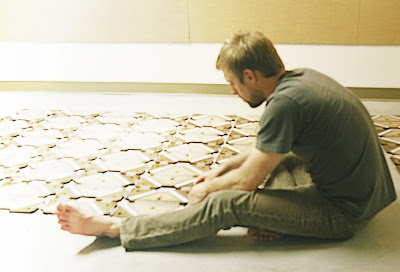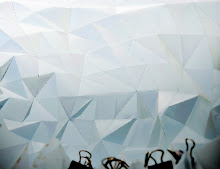
It is terribly stormy outside, and some moron put a table on my car. I do not feel like moving a table in this monsoon situation. So I am here at school dicking around with the project when I could be in bed. Well folks,
there's plenty to be dicked with.
So here's the thing: We ordered some cord-stops, like the ones on your fleece. You use them to pull the collar and waist nice and tight to keep out the chilly air. They were slated to serve as our "tension member adjustment devices." Clever plan...
The doodads are not strong enough. In an attempt to help them, we tried some knots, thought about some washers, etc. But eventually, we understood that the issue was this:
The thingamajigs were trying to counter the tension in order to stabilize forces, by applying their own meager force. It's not their fault, we put them in this position, it's just that the doohickeys are physically weak, and philosophically misplaced.
You see, the "tension member adjustment devices" should use the already existing tension as their operative force. A "passive mechanical device," if you will, something much more primitive (and therefore more advanced) than the spring-loaded widgets. The gadgets we ordered have adulterated the project, and whats more, they are ineffective.
They are impure- like a dirty church dress.
We are attempting to invent the "passive mechanical device"(PMD) that will serve as our "tension member adjustment device,"(TMAD). I have poured through many hitch knots, tackle knots, tried a prusik, etc.
What follows are images of us laying out and beginning to fold the monster last week, and then attempts at a PMD from tonight- in order to avoid the rain, and the table on my car.





We did come up with something that may work. It isn't any of these. Actually now that I mention it, it might need some more tweaking for good looks. Its better than the milkbone you see above, but maybe it could regain some the widgets tawdry charm with a hefty baroque update... hmm.
Anyway hopefully I can outlast the single remaining laser cutter operator. He is tenacious, but I sense that he is growing weak and sleepy-



























